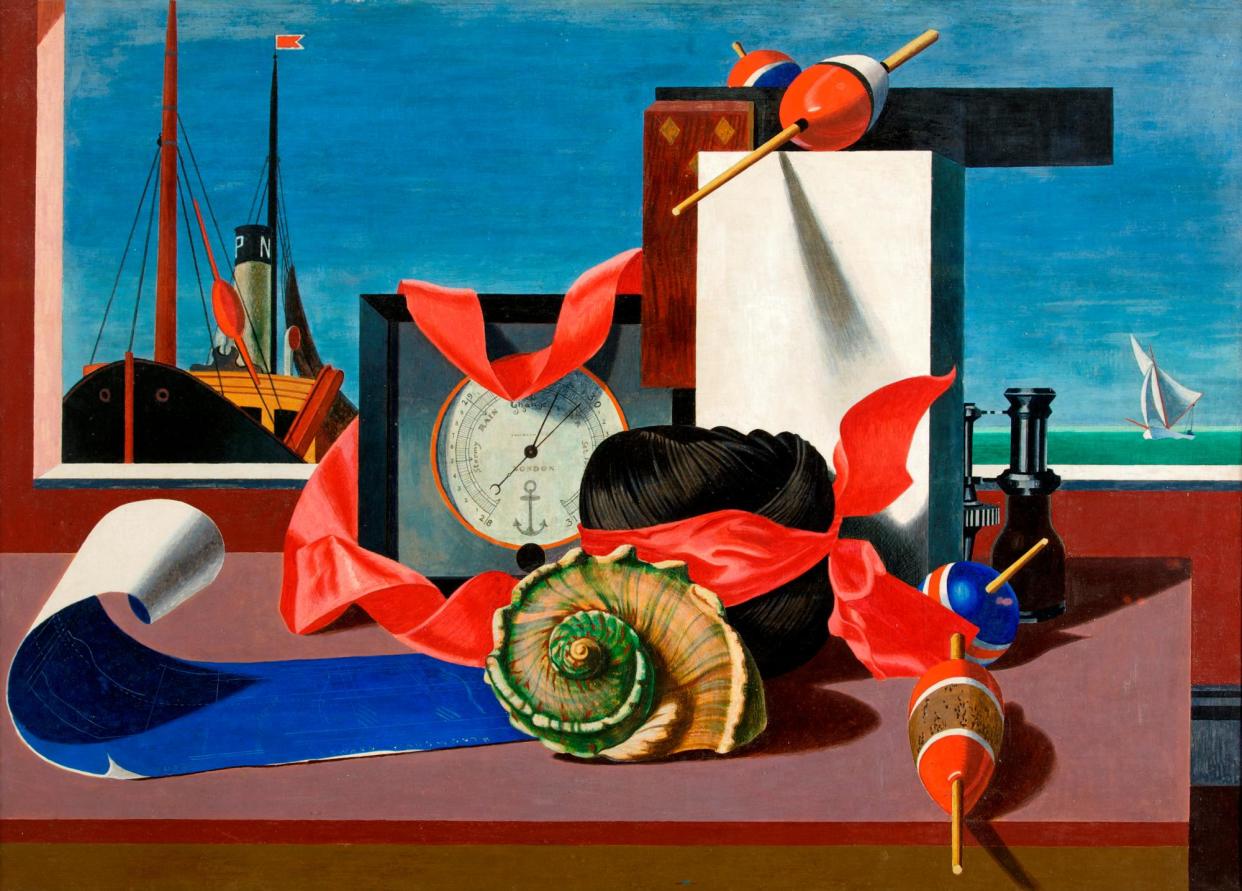Beauty, filth, violence and death: why still life art is more subversive than you think

Still life is the lowest form of art. So declared the French Academy when it established its Hierarchy of Genres in the 17th century. Historical scenes and portraiture were the noblest genres, whereas landscapes and still lifes were considered lowly. According to the art institute, biblical frescoes required a higher level of mastery; an inanimate fruit bowl, or a bunch of wilting flowers? Anybody could paint those.
This categorisation shaped the perception of still life as a marginal genre. Four centuries on, the discourse has pivoted. “The careful and meticulous depiction of objects has always been an element of art, but generally this was something you saw in the backdrop of a religious scene or a portrait,” says Melanie Vandenbrouck, chief curator at Pallant House Gallery in Chichester. This month, the Chichester museum will present a comprehensive survey of around 150 still lifes made in Britain. Chronologically charting its development, the exhibition presents it as a fundamental genre of British art, one that has historically grappled with the universal human experiences of love and grief, but also provided a radical commentary on gender inequality, the climate crisis and war.
The genre was first brought to Britain through Dutch golden age painters in the 17th century. Back then, these paintings were commonly produced for the wealthy merchant class. They depicted worldly goods, but within that lay motifs of the memento mori: skulls, clocks, guttering candles and decaying fruits, all serving as a reminder of our mortality. These symbols, inherent to the still life genre, were reimagined by artists in Britain all the way into the 20th century. The photographer Madame Yevonde lamented the outbreak of the second world war, clasping a gas mask over a traditional bust as a sombre foreshadowing of a brutal conflict that was only just beginning. In the 1990s, Jo Spence documented the cancer that would eventually kill her, through diaristic photos of her own possessions.
“Any key aspect of the human condition is being treated in still life,” says Vandenbrouck. This is particularly true for female artists of the surrealist movement, who used still life to interrogate their place in society. In 1929, the photographer Lee Miller witnessed a mastectomy procedure while on assignment for surrealist artist Man Ray. Disturbed, she photographed a severed breast placed on dinner plates like a cut of steak. Later on, we see artists such as Jean Cook and Anna Fox using still life to talk about domestic violence. Fox evokes chaos that lies beneath the everyday objects, placing images of her mother’s tidy cupboards alongside her father’s hateful words: “I’m going to tear your mother to shreds with an oyster knife.”
Today, contemporary artists are experimenting with new tools and processes, raising questions about some of the most urgent topics of our time. Maisie Cousins’ vivid images nod to overconsumption as waste, while Gordon Cheung distorts old paintings with digital algorithms to comment on the history of capitalism. “There is nothing ‘still’ in the way in which contemporary artists are rethinking the genre. It’s extremely dynamic,” says Vandenbrouck.
Centuries ago, the genre was denounced as lowly due to a lack of human presence and unpromising storytelling capabilities. How wrong they were, for objects are innately imbued with an implied human presence. A close inspection can reveal a great deal about the people or societies that once owned them, and illuminate the emotional experiences that we may all live through one day.
The Shape of Things: Still Life in Britain is at Pallant House Gallery, Chichester, 11 May to 20 October.
Still got it: five images from the exhibition
Maisie Cousins - Wasp, 2018
In her Rubbish series Cousins conjures vivid, oozing sculptures out of household waste. Flies, ants and maggots crawl and nestle in the crevices of these glistening, oozing forms. A conflict between beauty and filth, Cousins’ images urge us to rethink how we perceive waste.
Gordon Cheung - Still life with Goblet, 2017
Using a digital algorithm, Gordon Cheung distorts images of 17th-century paintings from the Dutch golden age. These paintings were once a marker of opulence. In rendering new visions of these historical artefacts, Cheung interrogates the history of capitalism and how technology is shaping the economic landscape today.
Edward Wadsworth – Bright Intervals, 1928 (main image)
Wadsworth’s maritime works made a significant contribution to modern art in the inter-war years. He was part of the vorticism movement, which rejected realism for hard-edged abstraction. Though he never exhibited with British surrealists, many of his paintings echo the movement’s tendency to exaggerate.
Jean Cooke – Through the Looking Glass, 1960
Cooke was married to painter John Bratby who repeatedly beat her and locked her up, allowing her to paint for only three hours a day. Like many women, she found respite in nature. Here, between the pansies and geraniums, is a miniature self-portrait: a small statement of presence within her sanctuary.
Wilhelmina Barns-Graham - Red Table, 1952
In the 1940s, artists including Barbara Hepworth, Bernard Leach, Ben Nicholson and Wilhelmina Barns-Graham began to congregate in St Ives, Cornwall. Artists of the St Ives school looked at ordinary objects as a vessel to experiment with colour and composition.


